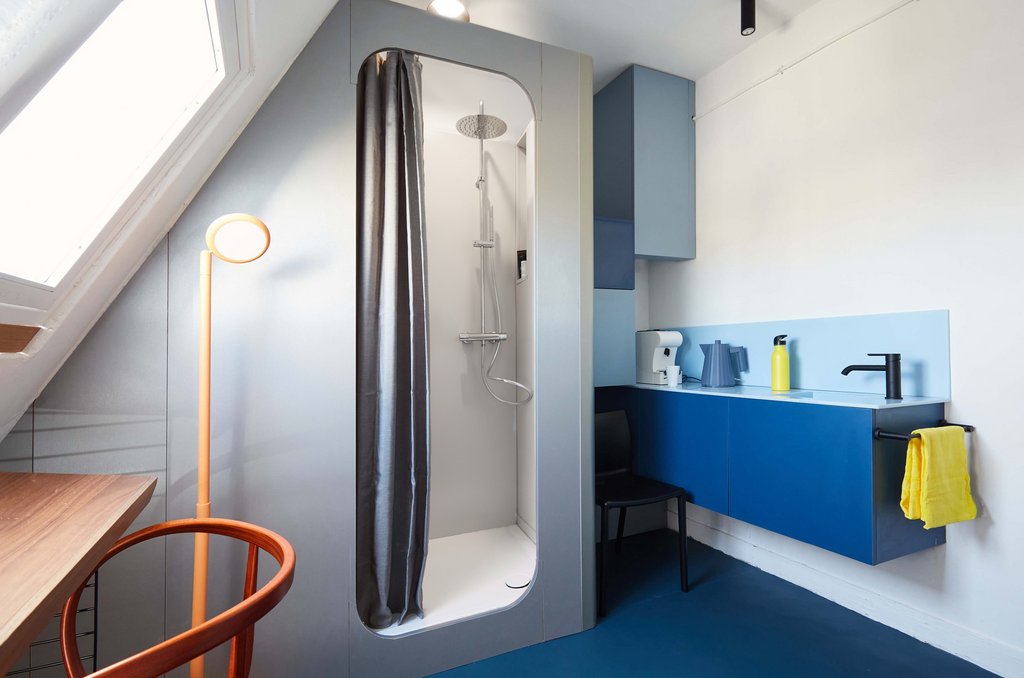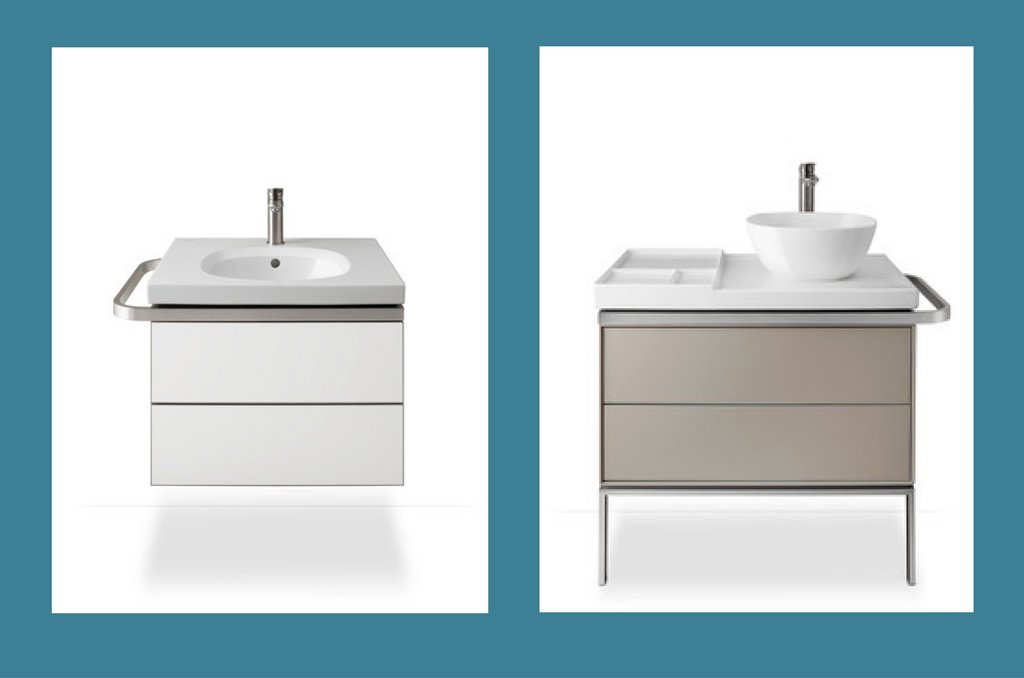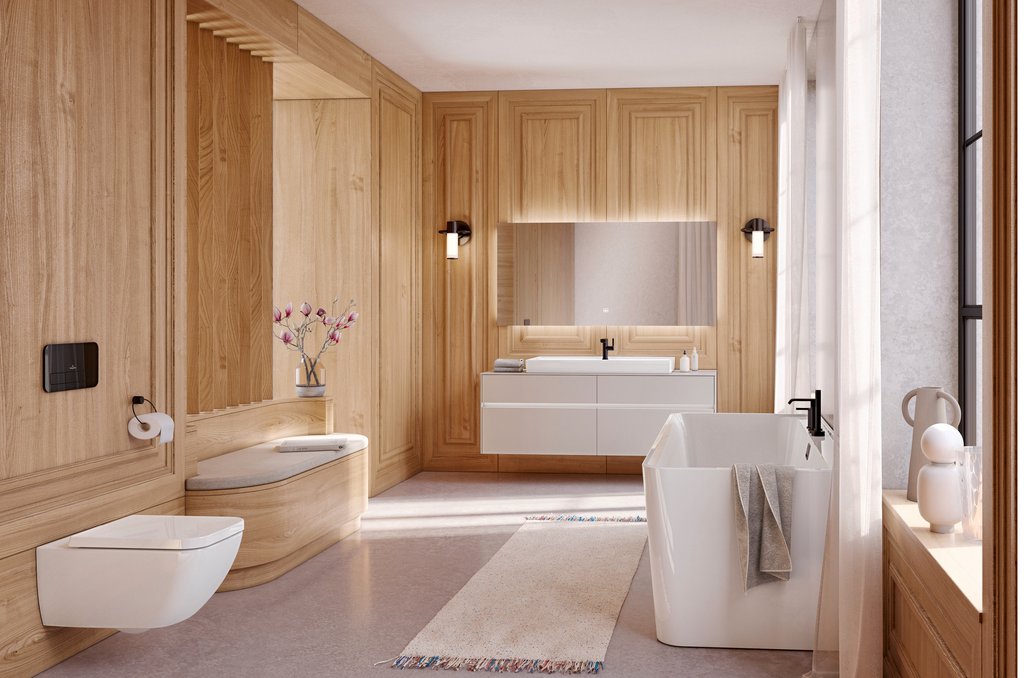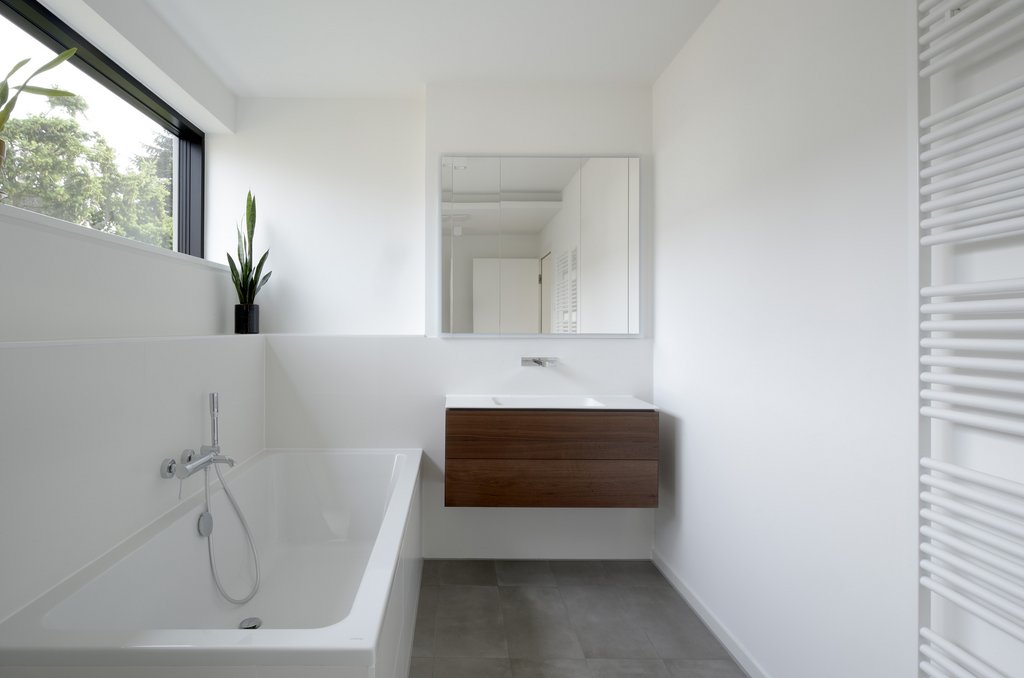The hygiene wave in the bathroom is coming
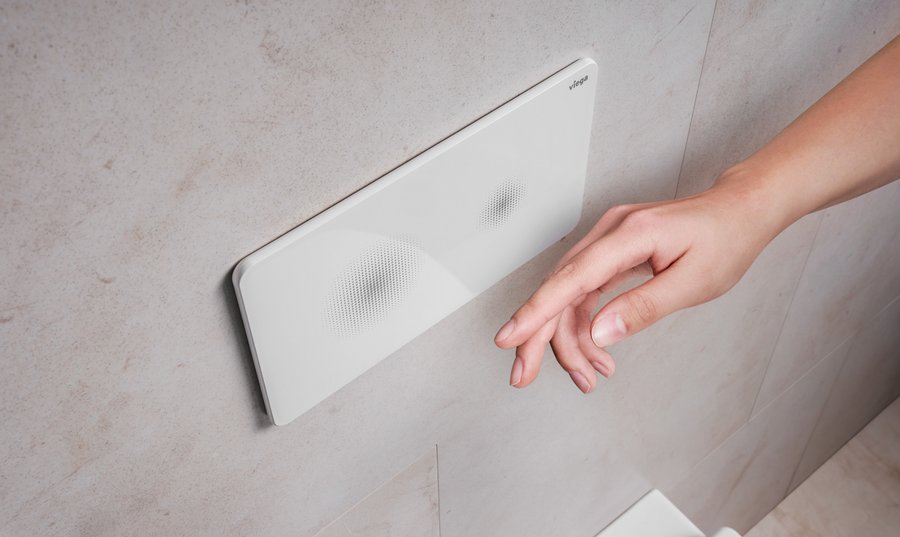
Photo: Viega, Visign for Style 25
sensitive
Cleanliness thanks to dirt and bacteria-resistant surfaces,
touchless controls and hygienic luxury toilets: there’s more demand for hygiene
in the bathroom than ever before. The bathroom sector’s smart solutions for
growing hygiene requirements are a major theme at the ISH digital 2021 too –
whether for hotel bathrooms, public toilets or private lifestyle bathrooms.
When it comes to the bathroom, hygiene is a sensitive issue
– and not just in corona times. But in view of current concerns about personal
safety and the health of the family, and given that behaviours like frequent
hand-washing and avoiding contact are now almost second nature, it has become
more relevant than ever before. The global pandemic experience is focusing so
much attention on cleanliness in the bathroom that the hygienic features of the
products it’s equipped with are taking on greater importance – not just for
consumers who want to renovate their homes but for architects and planners
involved with public and commercial projects as well.
The hygiene issue is back in the spotlight
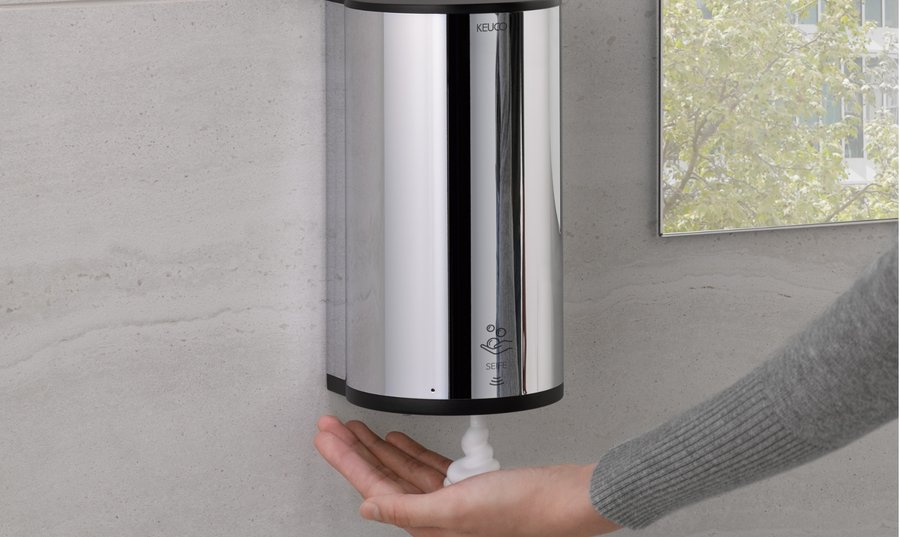
Touchless
soap dispenser: nowadays there’s actually no need to touch anything when
applying soap to your hands. In addition to being mounted near the washbasin
and filled with foam soap or foam disinfectant, the dispenser can also be
fitted next to the toilet and filled with hygiene foam.
Photo: KEUCO, Plan
As the sector is noticing, the new demands being made of
hygiene measures seem to be prompting a change of thinking in private
households too: due to recent developments, people have become far more
sensitised to the importance of cleanliness and safeness. The industry already
has various solutions to offer. “When it comes to hygiene, there’s no need to
reinvent the bathroom.” Jens J. Wischmann, managing director of the German
Bathroom Sector Association (Vereinigung Deutsche Sanitärwirtschaft e.V.
[VDS]), sees no cause for general alarm and takes a poor view of
panic-mongering: “The bathroom is one of the cleanest rooms in the home anyway.
That’s due to the finishes and the modern products that are standard nowadays.”
However, it’s also clear that some of the disease-causing
pathogens among all the viruses and bacteria are transmitted by shaking hands
or via contact with surfaces. Some people might find that worrying – even
though the latest research results, such as the Heinsberg study by Bonn-based
microbiologist Ricarda Maria Schmithausen and virologist Hendrik Streeck, seem
to confirm the assumption that indirect transmission of the coronavirus via
surfaces plays a relatively minor role in its spread. Droplets and aerosols are
by far the most common routes of infection.
The bathroom as a safe haven
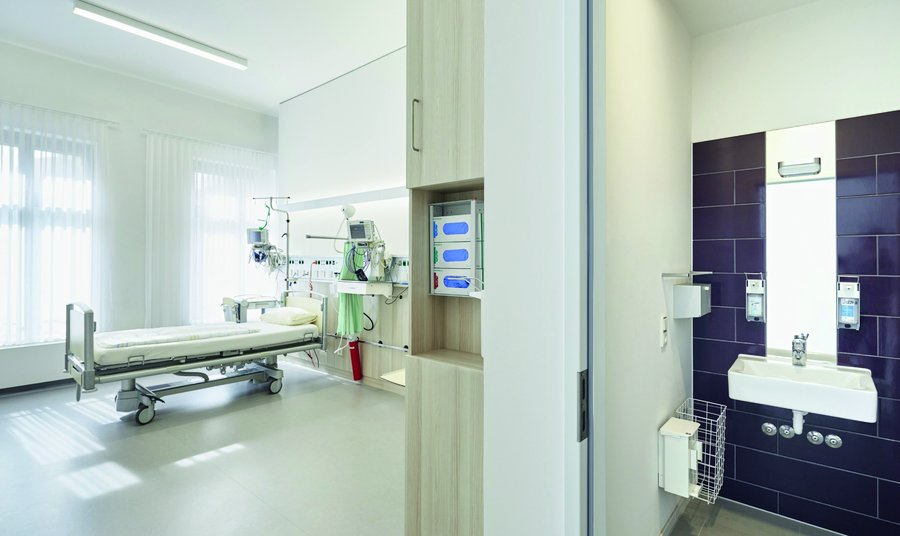
Hygiene
concepts for patient bathrooms in hospitals, as seen here at the St. Josefs
hospital in Potsdam, don’t just give patients a greater sense of safety;
design-oriented sanitary solutions mean a better quality of stay as well.
Photo: Ideal Standard
The private bathroom performs an important function when it
comes to hygiene – especially in times when multiple members of the family are
using it all day long. In addition to modern sanitaryware and other furnishings
and equipment, various care measures and simple dos and don’ts like airing out
the room also play a role in preventing the bathroom from becoming a breeding
ground for unwelcome germs and bacteria as a result of the warm and humid
environment.
In the semi-public and public space, hygiene is of even
greater relevance right now. The hospitality sector needs to develop new
hygiene concepts, and many sanitary facilities for offices, event locations or
public places need to be adapted and retrofitted to meet the increased hygiene
requirements. The bathroom sector has numerous solutions to offer for both the
private and (semi-) public sphere.
Product innovations for the toilet
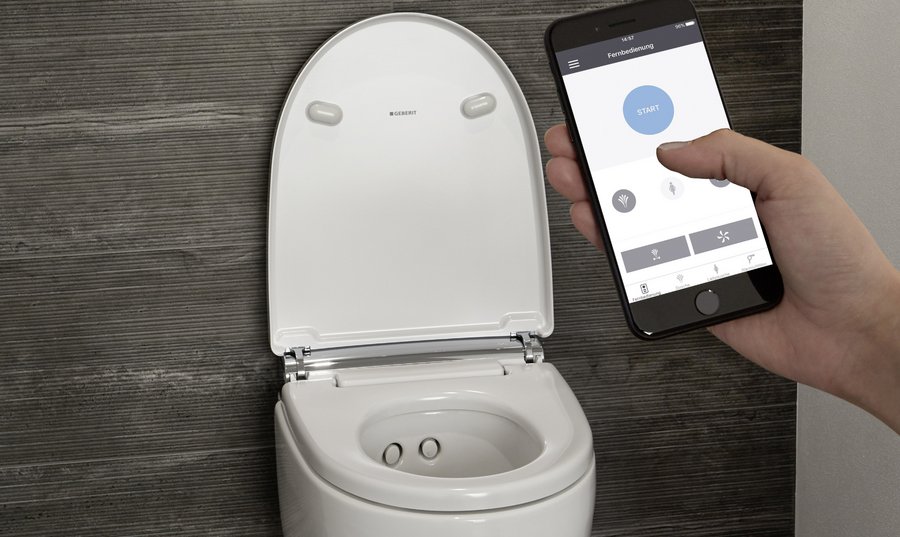
A high
standard of hygiene for the toilet: thanks to new flush technology and the
optimised geometry of the bowl and siphon, today’s toilets and shower toilets
ensure even better flow for perfect flushing results. A growing number of
shower toilets come with touchless controls as well.
Photo: Geberit, AquaClean App
In terms of minimising hand contact with surfaces, digitalisation
brings major advantages, especially when it comes to the toilets and fittings.
The sensor technology behind various flush plates, for instance, allows the
flush to be activated without any contact at all. Villeroy & Boch offers a
toilet that can think for itself and activates the flush autonomously if the
user forgets or isn’t able to do so. This prevents germs from building up in
stagnant water when the building is vacant or its occupants are travelling.
Modern shower toilets are often equipped with more functions
than just touchless flushing. Many of them are available with optional features
that mean the user doesn’t even have to touch the lid. Thanks to sensor
technology, the lid automatically opens when the user approaches and closes
again afterwards. Some shower toilets even have a Bluetooth interface and can
be controlled via a smartphone. And besides the technological progress that’s
been made, the standard of cleanliness that has been established by the growing
acceptance of shower toilets definitely represents cultural progress as well.
The targeted and thorough intimate hygiene achieved with a pulsating jet of
water conveys an everyday feeling of freshness. Depending on the features
chosen, some shower toilets even have an integrated self-cleaning function.
Innovative hygiene concepts in public sanitary facilities
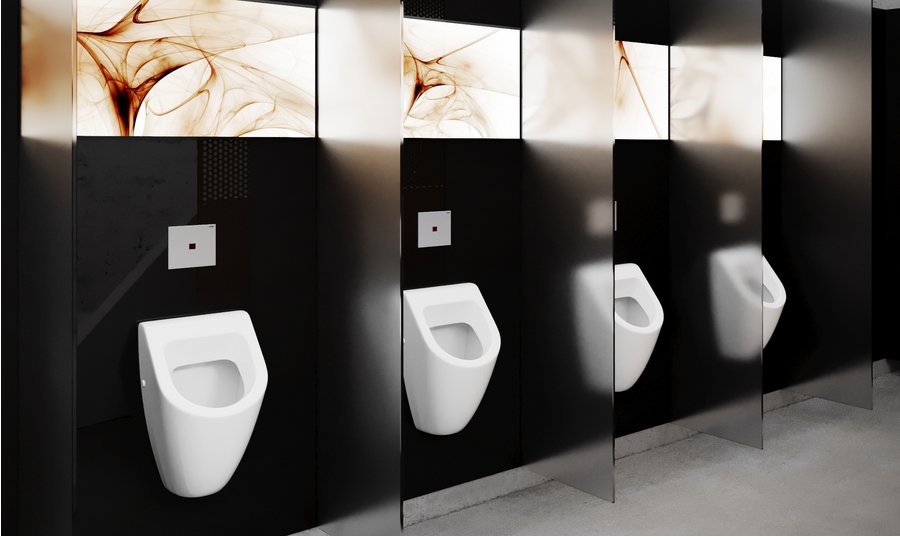
Harmonious interior
design concepts that take hygiene to the next level: Viega's infrared control
urinal flush plates can be adapted to the surroundings of the public sanitary rooms. Flushing is totally touch-free.
Photo: Viega
Hygiene has emerged as a particularly sensitive issue when
it comes to public and semi-public facilities. Washbasins and toilets in office
complexes, hotels or event venues, especially in hospitals and care homes, need
to be re-evaluated. Touchless products will play a key role in that. The
technology has been perfected and can help meet the increased hygiene
requirements that have arisen as a result of the pandemic experience, which has
taught us that we should avoid touching the tap whenever possible. When the
user first touches a conventional fitting their hands are unwashed, which could
result in the transfer of germs and viruses to its surface. At the same time,
cross-contamination means there is a risk of the user picking up new germs and
viruses once they have finished washing their hands too.
Touchless taps are therefore a good alternative for making
the vehemently propagated precaution of hand-washing more hygienic. What’s
more, the fittings hardly look any different from conventional models nowadays:
thanks to the ongoing miniaturisation of sensor technology, the design of the
taps can be adapted to the architectural setting. Dornbracht goes one step further with its Touchfree variant,
which is compatible with all the manufacturer’s fittings series. Because it’s
based on high-frequency technology, the system can detect motion even without
an infrared eye. The HF sensor is positioned under the washbasin and is
therefore invisible to the user. Functions like the temperature setting,
shut-off time or cleaning stop are adjusted via a separate system box connected
to a power supply.
Hygiene measures in the bathroom are often sustainable
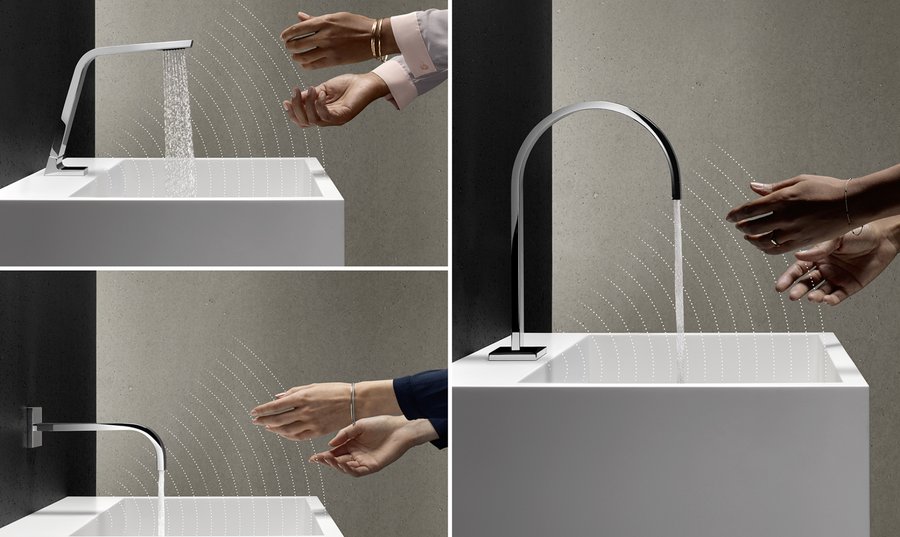
Touchless
taps are increasingly being used also in private households: thanks to the ongoing
miniaturisation of sensor technology, the design of the fittings can be adapted
to the architectural setting.
Photo: Dornbracht, Touchfree
Hygiene in the bathroom and public sanitary facilities was a
trending topic even before the corona crisis hit. That’s why the bathroom
sector is well positioned to respond to the current increase in demand for
particularly hygienic product concepts: the industry already offers customers a
wide range of innovative offerings for washbasins and toilets to choose from.
While Jens J. Wischmann, managing VDS, certainly sees the
necessity for hygiene concepts in private bathrooms and the public sector, he
also emphasises the sustainability aspect, which plays an important role in
both refurbishment and new-build projects. “I’m expecting to see more new
hygiene-related products and services at the ISH digital 2021. Water-carrying
hygiene products for the bathroom are undoubtedly a growth market. And the
sustainability aspect has already been factored in to a lot of hygienic
sanitaryware products.” Reduced water consumption when using the toilet or
washing hands, energy savings as a result of only dispensing warm water on a
needs basis, a reduction in the amount of cleaning products required and
longevity thanks to timeless: the hygiene ideas from the German bathroom sector
aren’t just effective and comfort-enhancing, they’re sustainable too.
